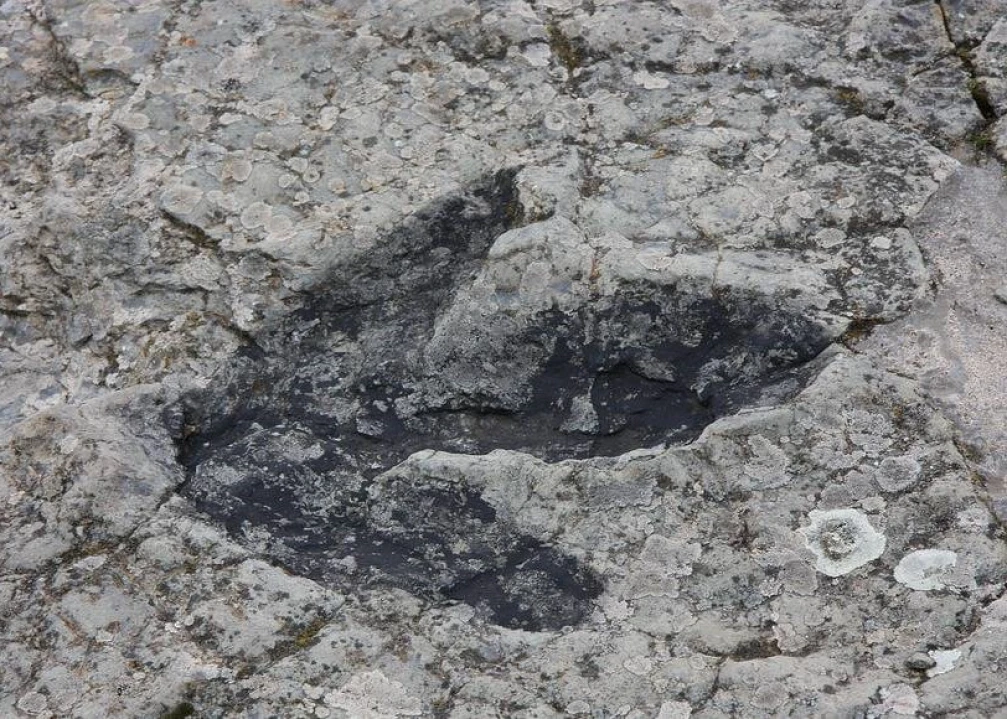Five dinosaur footprints dating back to the Lower Cretaceous period, or as much as 100 million years ago, were discovered by 88-year-old geologist Professor Vincenzo Colonna. The footprints would have belonged to ankylosaurs, armored dinosaurs, often compared to tanks, and lived about 70 million years ago in the present-day United States.
These large herbivorous dinosaurs are estimated to have weighed up to four tons. In one of the five footprints carved into the white rock, leg shapes are visible. In one of them, three toe prints are even distinguishable. They are all within a short distance of each other.
The geologist arrived at the extraordinary discovery by chance about a month ago when he was trying to photograph a rainbow that had emerged from the sea after a storm. "I immediately realized that these were dinosaur footprints," says Vincenzo Colonna, "We can imagine this area as the lagoons of the Bahamas with large expanses of water. The seabed at that time was shallow. They came here to look for food; so they also left the footprints because of the fragility of these expanses of debris."
Apulia like the Bahamas. Although, in the Cretaceous era, certainly Apulia did not exist, just as there were no continents. There was only one great continent, Gondwana, which included all the lands currently present in the southern hemisphere: South America, Africa, Australia, India and Antarctica. "Reason why," Colonna points out, "today we do find footprints, but we do not see the skeletons of these dinosaurs. Because the skeletons are in Africa. Apulia, geologically speaking, is part of the African continent."



